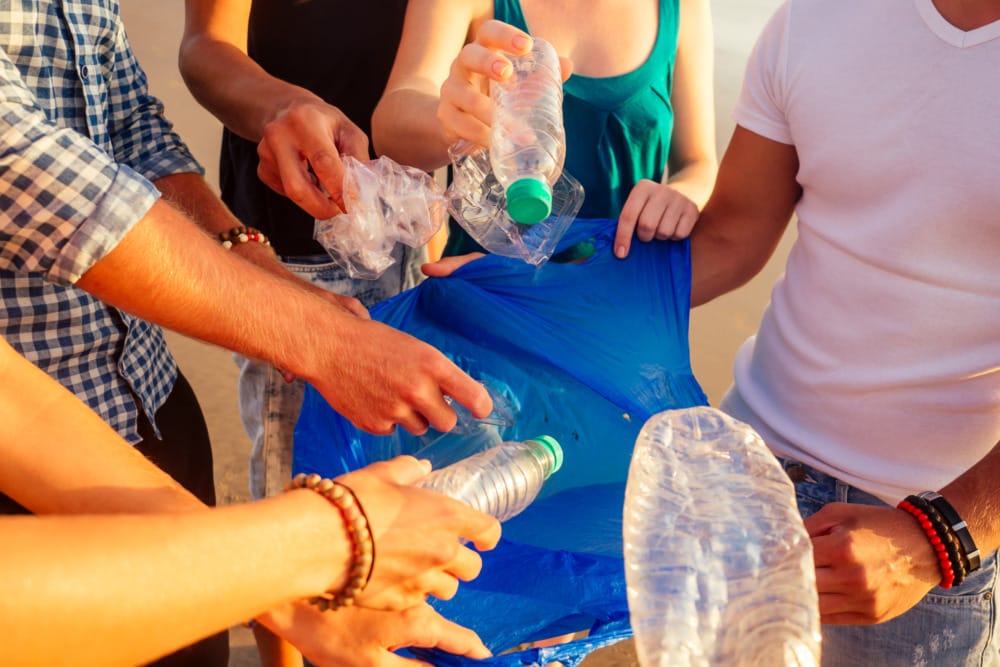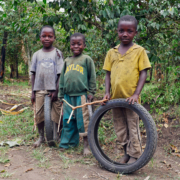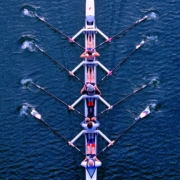This year, I was fortunate enough to participate in two opportunities to reduce landfill and litter: one in my community and another with my Ideba team near Sanibel Island, the “Seashell Capital of the World.” Surprising or not, in the mass of shells on the beaches, bottle caps are hard to distinguish from shells, themselves. The same goes for plastic straws from seaweed and seagrass, but this didn’t deter us.
The other was an Eagle Scout project at my son’s school, collecting plastic bottle caps and lids, then processing (cleaning and sorting), with the goal of “upcycling” them. That is, melting down 1200 pounds of plastic to create environmentally friendly benches and tables for our local park! This was my son’s first opportunity to volunteer, so of course I was jazzed and reflected a lot on the time and effort we contributed together to this cause.
- Motivation and resources – What calls you to volunteer? Often the urgency and severity of the situation drive us. Other times, it’s causes that we are passionate about or well equipped to support. What hinders you from volunteering? The answer to this question is rarely interest or desire to volunteer – it is things like time, money, or distance. Therefore, how can we remove the resource barriers to volunteering?
- Competition – If your friends, family, or colleagues are anything like mine, “healthy” competition inherently creeps into any group setting initiative. It’s important to remind ourselves that it is not always the biggest, fastest, or most that matters in some volunteer settings, but rather how we can channel that competitive instinct to make the biggest impact.
- Impact – By nature, we love tangible results (ahem, our secret pleasure of mowing grass) and knowing our volunteer efforts have made a meaningful contribution, but depending on the need, it may not always be possible to “see for ourselves.”
In the end, a little creativity and enthusiasm go a long way when it comes to volunteering. Even my son, at 4 years old, was a champion at promoting cap collection to our friends and family near and far. My colleague packed a cap collection in her carry-on for when I’d see her at a QBR to contribute (thanks, Mylène!). At the beach, the rangers reminded us that even small pieces of litter are dangerous to sea animals, so even the littlest of hands on our team were able to spot and pick up things that “didn’t belong.”
Finding ways to be inclusive and engaged (and even a little competitive!) makes a sizable impact. How can we connect in 2024, remotely or in person, to volunteer? Let’s get in touch and plan something. I look forward to hearing from you – friends, colleagues, and clients included!
Leah McQuillan – Research Manager






